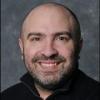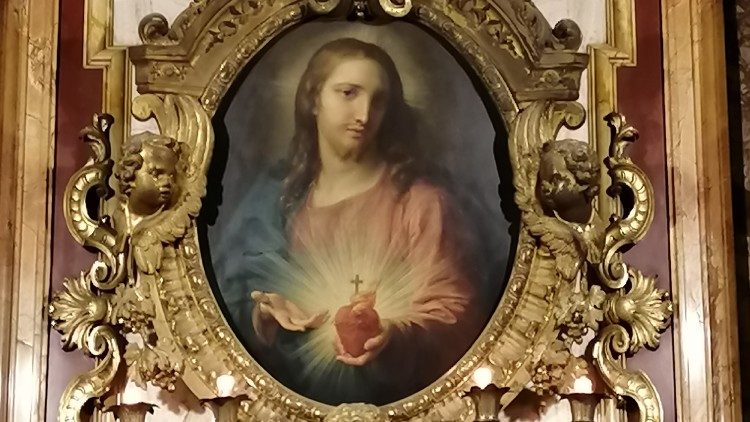In EWTN interview, Trump claims he likes 'the Catholic Church, a lot'

by Brian Fraga
Staff Reporter
Former U.S. President and 2024 Republican presidential nominee Donald Trump speaks during the 79th annual Alfred E. Smith Memorial Foundation Dinner in New York City Oct. 17, 2024. Just before the dinner, Trump was interviewed by Raymond Arroyo of the Eternal Word Television Network for a segment that aired later that night. (OSV News/Gregory A. Shemitz)
Describing himself as "a longtime supporter" of the Catholic Church, former President Donald Trump cast himself as a champion of religion in a short interview with Raymond Arroyo of the Eternal Word Television Network.
"I also like the Catholic Church, a lot," Trump, clad in a tuxedo, told Arroyo before taking the dais at the 79th Alfred E. Smith Memorial Foundation Dinner on Oct. 17.
During the seven-minute interview, which was broadcast on Arroyo's weekly "World Over" television newsmagazine show, Trump sought to burnish his bona fides with conservative Catholics while attacking Vice President Kamala Harris, his Democratic opponent in the 2024 presidential election.
Referring to Harris as a "Marxist," Trump claimed that Pope Francis was referring to him when the pontiff recently advised U.S. Catholics to vote for the "lesser of two evils" in the upcoming election. The pope said both candidates — Harris supports abortion rights while Trump has called for mass deportations of undocumented migrants — were "against life."
"I think [Francis] wants [Catholics] to vote for me, and I stand for everything that you stand for and that the church stands for," Trump told Arroyo.
Asked by Arroyo what he would say to pro-life supporters who feel he has turned "pro-choice," Trump likened himself to President Ronald Reagan, saying: "Exceptions are very important to me. Life of the mother, rape and incest."
Trump also falsely claimed that "everybody" — liberals, conservatives and legal scholars — wanted the U.S. Supreme Court to overturn Roe v. Wade, the high court's 1973 decision that had declared abortion to be a constitutional right. The court vacated that ruling in its 2022 decision in Dobbs v. Jackson Women's Health Organization.
"Everybody wanted it back in the states where it belongs," said Trump, who in recent months has sought to moderate his position on abortion, even taking to social media to promise women that his administration would be "great for reproductive rights."
If elected, Trump said his administration would give "a serious look" at reinstating the Mexico City Policy, a directive that would ban federal tax dollars from being given to foreign nongovernmental organizations that provide or refer people to abortion services.
Noting that Trump recently referred to himself as "the father of IVF" who has promised governmental funding of in vitro fertilization, Arroyo asked Trump if his administration would have a religious exemption to the "IVF mandate."
"I haven't been asked that but it sounds to me like a pretty good idea," said Trump, who added that "a lot of" Catholics" want IVF, which he described as "a very popular thing." The Catechism of the Catholic Church, in Paragraph 2377, condemns the use of in vitro fertilization as "morally unacceptable."
In other responses to Arroyo's questioning, Trump spoke of the need for border security, claimed that the United States has "an enemy from within," whom he described as people who espouse "radical left programs," and said he had a good record on religious liberty.
Pointing out recent Catholic content on his social media accounts, as well as the rendition of Ave Maria at some of his campaign rallies, Arroyo asked Trump if all that was "telling voters something about your spiritual journey." Trump responded: "No, it's just beautiful to me."






